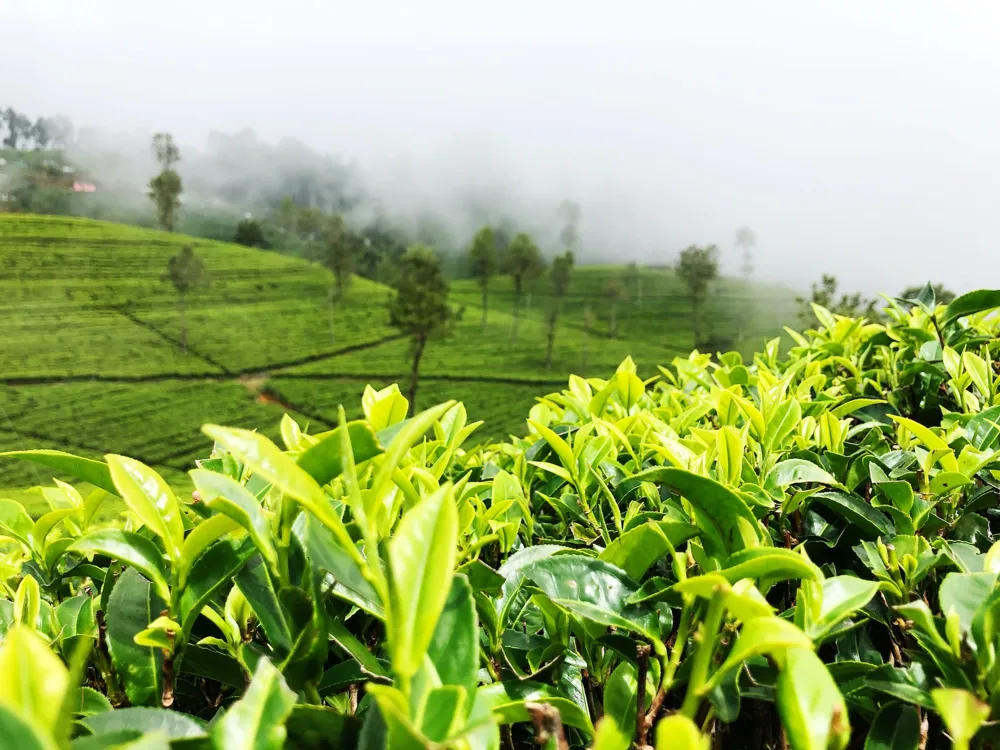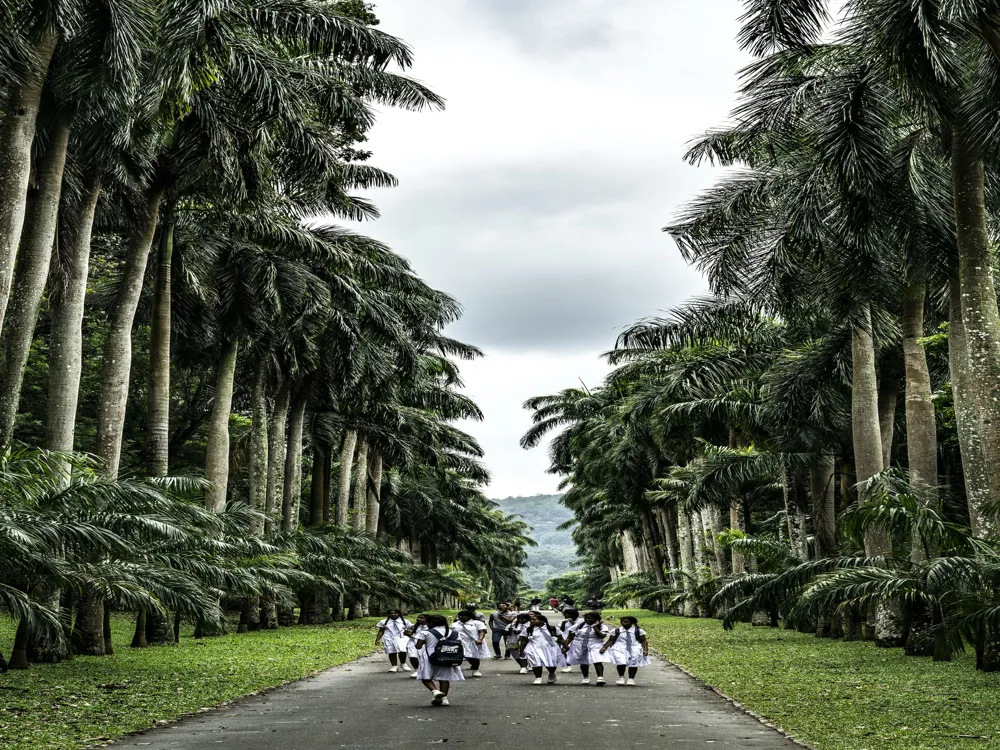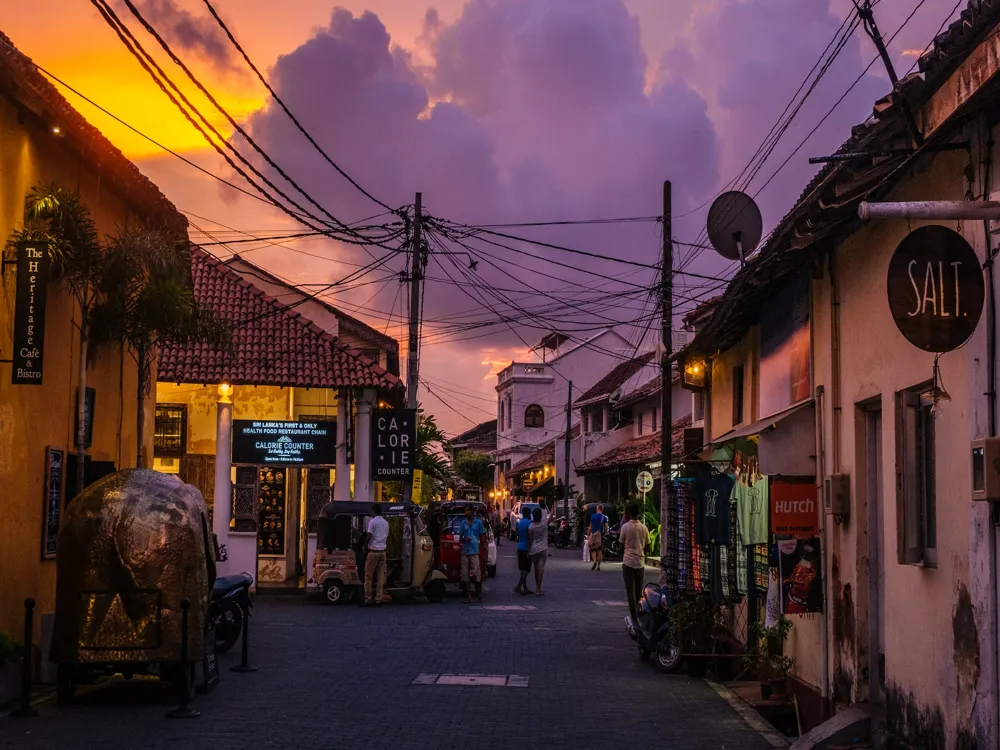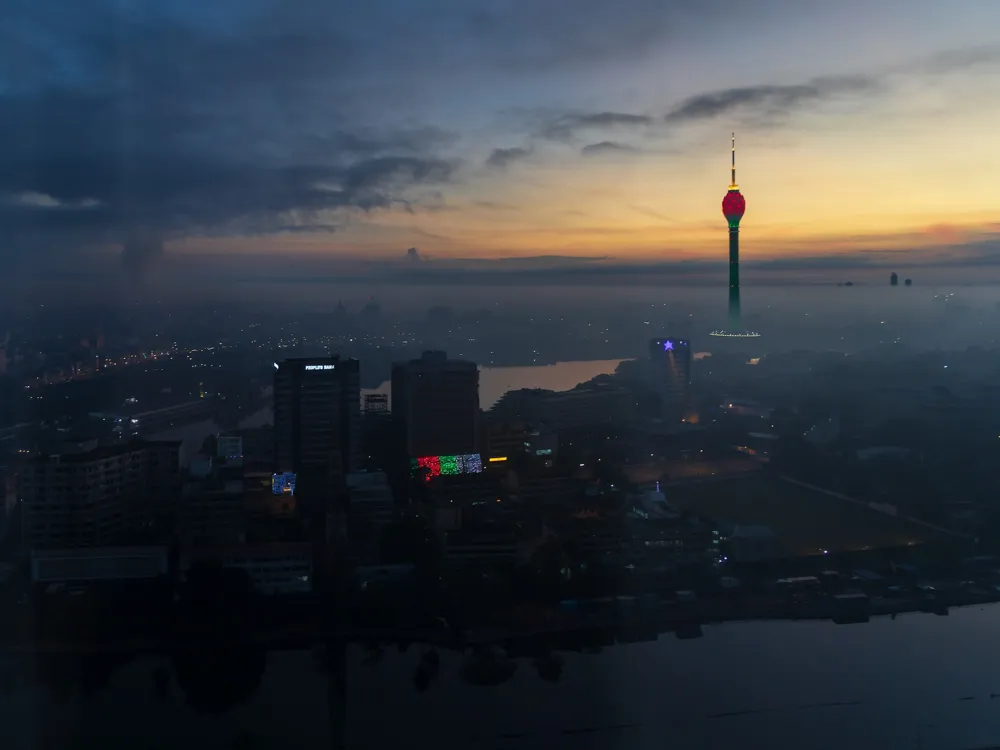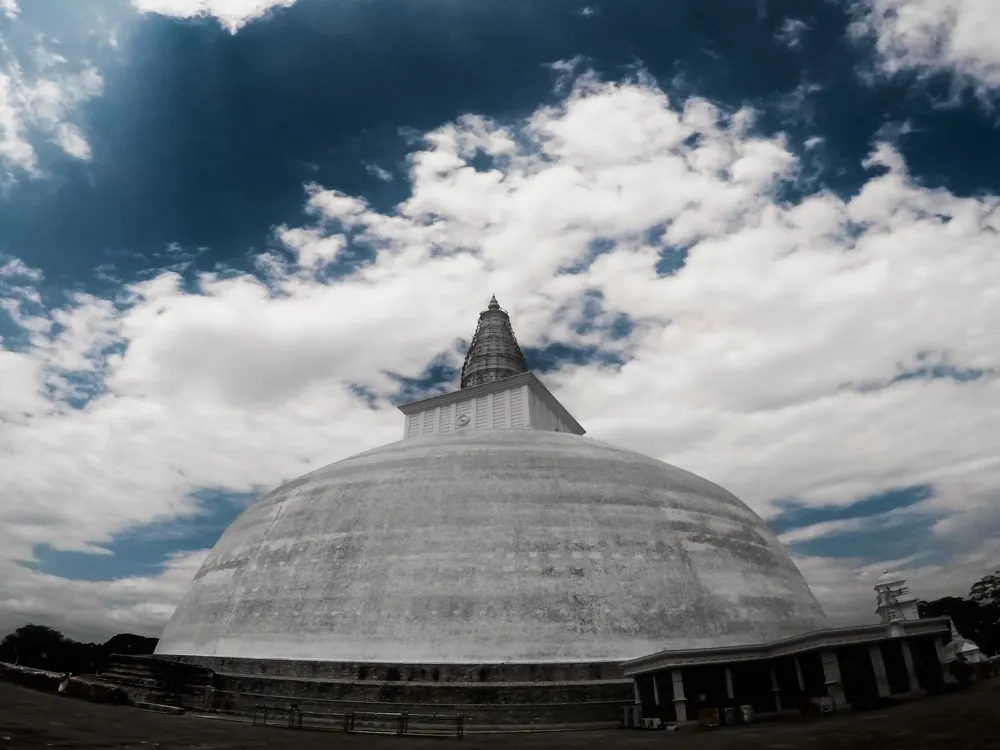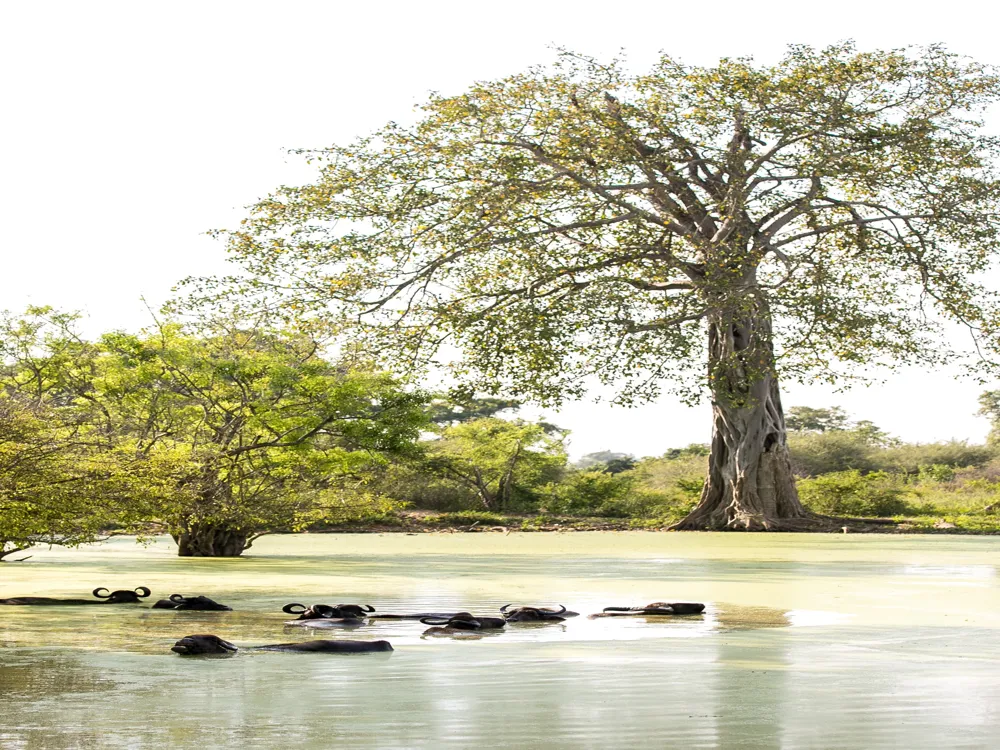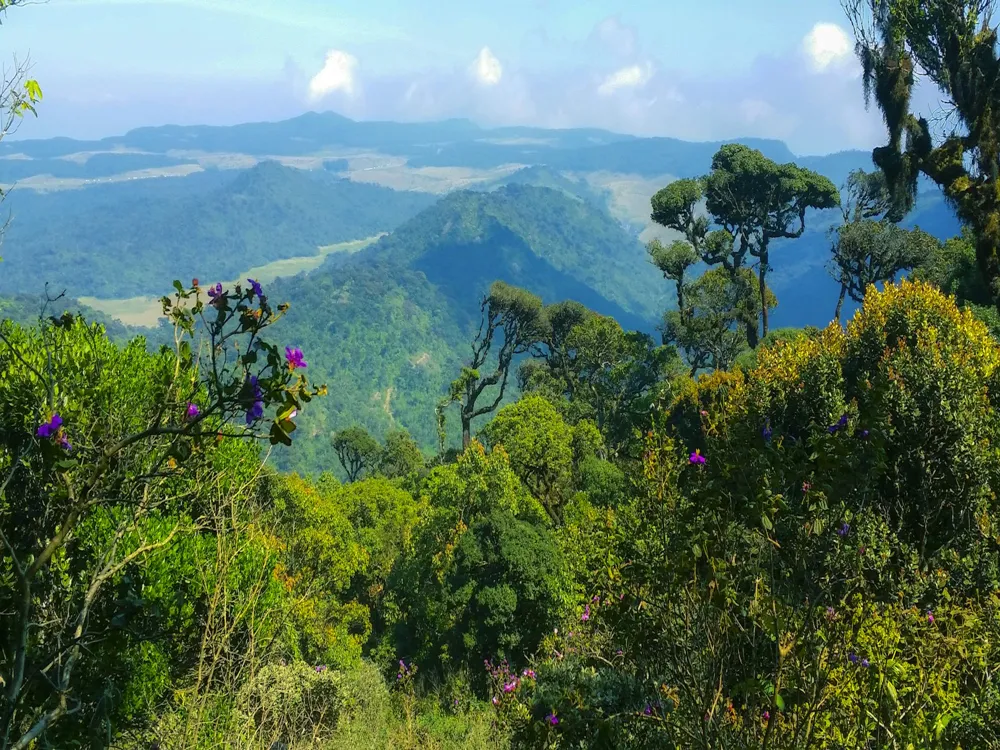Haputale, a serene town in the hill country of Sri Lanka, offers a blend of breathtaking scenery, fresh mountain air, and unique cultural experiences. Nestled at an elevation of 1,431 meters above sea level, this quaint town is a hidden gem for those seeking tranquility away from the hustle and bustle of city life. The town's position on the ridge of the Hill Country provides it with a spectacular panoramic view of the southern plains, coastal area, and the verdant hills of the Uva province.
The history of Haputale dates back to the colonial era when it was a favorite retreat for British colonialists. The influence of this era is still visible in its architecture, with many buildings exhibiting colonial-style designs. The town's unique setting, surrounded by cloud forests and tea plantations, provides a peaceful backdrop for visitors. The climate in Haputale is generally cool and misty, with temperatures averaging between 10 to 20 degrees Celsius, making it an ideal destination for those looking to escape the tropical heat of the lowlands.
Haputale's economy primarily revolves around tea production. The town is home to some of Sri Lanka's most famous tea estates, such as Dambatenne Tea Estate, which was established by Sir Thomas Lipton over a century ago. Visitors can take guided tours of these tea estates, witness the tea-making process, and sample some of the finest teas in the world. Besides tea, Haputale is also known for its rich biodiversity. The surrounding cloud forests are home to a wide range of flora and fauna, including several endemic species, making it a paradise for nature lovers and eco-tourists.
In addition to its natural beauty, Haputale is a town rich in cultural heritage. It serves as a melting pot of various cultures and communities, including Sinhalese, Tamils, and Muslims, each contributing to the town's vibrant cultural tapestry. This multicultural aspect is evident in the town's culinary offerings, festivals, and daily life. Places like the Adisham Bungalow, a monastery run by Benedictine Monks, offer a glimpse into the spiritual and historical aspects of Haputale. The town also serves as a gateway to several attractions in the region, including the Horton Plains National Park and the Lipton’s Seat lookout point, offering visitors a multitude of options for exploration and adventure.
The architecture in Haputale is a fascinating amalgamation of colonial British styles and traditional Sri Lankan designs. This blend is a reflection of the town’s historical journey and its position as a bridge between the colonial past and the local culture. The influence of British architecture is most evident in the old bungalows and buildings that were once residences of British tea estate managers. These structures are characterized by their gabled roofs, large verandas, and expansive gardens, offering a glimpse into the lifestyle of the colonial era.
Traditional Sri Lankan architecture in Haputale, on the other hand, is deeply rooted in the island’s rich cultural heritage. This style often incorporates local materials like wood and stone and is designed to be in harmony with the surrounding environment. The use of high-pitched roofs, open spaces, and natural ventilation is common, catering to the region’s climate and landscape. Many of the local homes and public buildings exhibit this traditional architectural style, providing a stark contrast to the colonial structures.
Over the years, Haputale has seen a gradual evolution in its architectural landscape. Contemporary architecture in the town now blends modern design elements with traditional and colonial influences. This fusion creates a unique architectural character that is both functional and aesthetically pleasing. Newer buildings often feature large windows and balconies to maximize the stunning views of the surrounding hills and valleys, a testament to the town’s scenic beauty.
One of the most iconic architectural landmarks in Haputale is the Adisham Bungalow. Built in the early 20th century by Sir Thomas Villiers, a British tea planter, this Tudor-style mansion is now a monastery. The bungalow’s design features elements typical of English country houses of that era, with ornate woodwork, fireplaces, and stained glass windows. It stands as a remarkable example of colonial architecture and is a major attraction for visitors interested in history and architecture.
Other notable architectural sites in Haputale include the Dambatenne Tea Factory, designed by Sir Thomas Lipton, and St. Andrew’s Church, an Anglican church that reflects the British influence. These structures not only add to the town’s architectural diversity but also offer insights into its historical and cultural significance. The architecture of Haputale, with its blend of styles and influences, tells the story of a town that has been shaped by its history, environment, and the people who have made it their home.
The ideal time to visit Haputale is between January and March when the weather is most stable. During these months, the town experiences less rainfall and clearer skies, providing excellent conditions for sightseeing and outdoor activities.
Given the cool climate, it is advisable to pack warm clothing, especially for evenings. Rain gear, comfortable walking shoes, and sun protection are also essential due to the unpredictable weather.
Haputale offers a range of accommodations, from budget-friendly guesthouses to luxury bungalows. Booking in advance is recommended, especially during peak tourist seasons.
Don't miss out on the local cuisine, which is a delightful mix of Sinhalese and Tamil flavors. Trying local tea at the tea estates is also a must.
Haputale is a culturally diverse town. Visitors are encouraged to respect local customs and traditions, dress modestly, especially when visiting religious sites, and be mindful of local etiquette.
Haputale is accessible by road and rail from major cities in Sri Lanka. The most scenic route is by train, which offers stunning views of the hill country. Buses and taxis are also available for road travel. The journey from Colombo takes approximately 5-6 hours by road and slightly longer by train.
Overview of Haputale
Architecture of Haputale
Tips When Visiting Haputale
Best Time to Visit
Packing Essentials
Accommodations
Local Cuisine
Respect Local Customs
How To Reach Haputale
Thangamale Bird Sanctuary
Haputale
₹ 38,997 onwards
View haputale Packages
Weather :
Tags : Bird Sanctuary
Timings : All Day
Time Required : June to September
Entry Fee : Free
Planning a Trip? Ask Your Question
Haputale Travel Packages
View All Packages For Haputale
Top Hotel Collections for Haputale

Private Pool

Luxury Hotels

5-Star Hotels

Pet Friendly
Top Hotels Near Haputale
Other Top Ranking Places In Haputale
View All Places To Visit In haputale
View haputale Packages
Weather :
Tags : Bird Sanctuary
Timings : All Day
Time Required : June to September
Entry Fee : Free
Planning a Trip? Ask Your Question
Haputale Travel Packages
View All Packages For Haputale
Top Hotel Collections for Haputale

Private Pool

Luxury Hotels

5-Star Hotels

Pet Friendly












